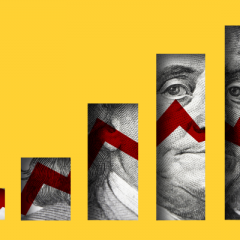Medical Debt Associated With Worse Population Health, Higher Mortality
- Medical debt was associated with worse population health, including poor physical and mental health and higher mortality rates, a study published in JAMA Network Open indicated. Medical debt can force patients to delay or forgo care, hinder medication adherence, and exacerbate existing health disparities. Certain populations are particularly...

